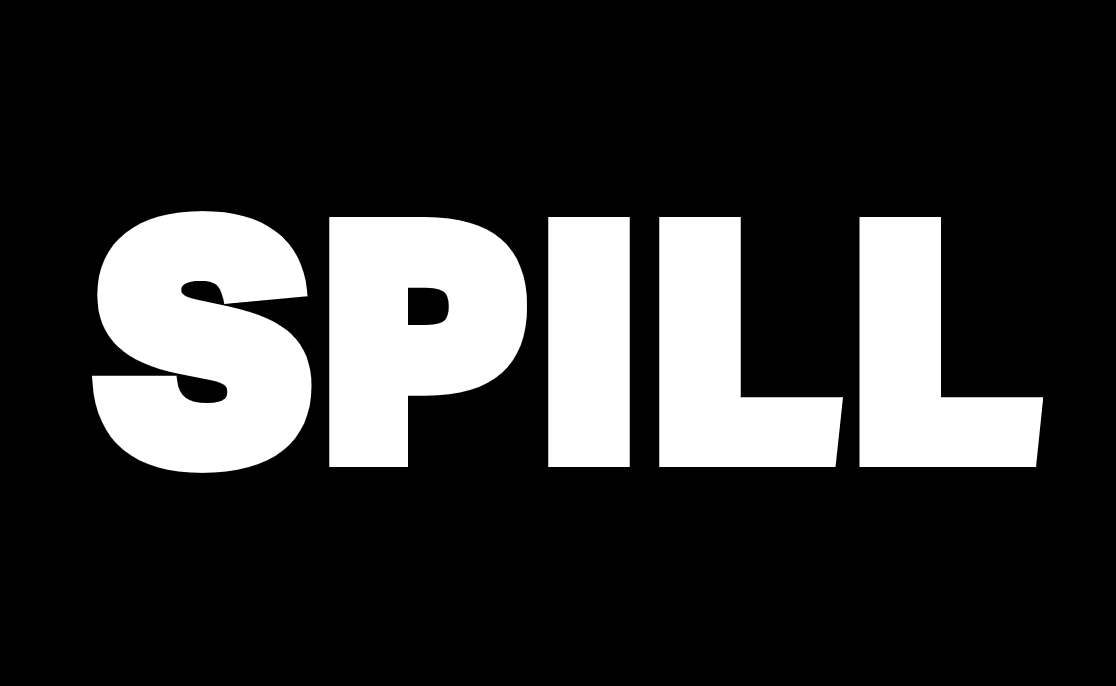A lot has happened in the social media world in the past eight months.
Since I originally posted my roundup of microblogging Twitter replacements, some major players have joined the game, while others have fallen by the wayside. Twitter hired a new CEO, for all the good it seems to have done them. So what does the microblogging landscape look like in July of 2023?
Still in the Game
Mastodon
Mastodon (and federated social media in general) is still very compelling to me, and to many others: signups and WAUs on Mastodon continue to spike every time Musk makes news with Twitter. The fact that this is a protocol, not a corporation, gives Mastodon much more staying power than the other options on this list, but their difficult signup is still a liability (which I’ve talked about a bit here). The promised interoperability with Meta’s Threads (more on that later) has given the Fediverse a new lease on life, though. Don’t sleep on Mastodon.
Tumblr
This venerable old platform just keeps chugging along. It hasn’t made any major moves in the past year, but the fact that it still boasts 135 million monthly active users gives it a significant advantage over the competition. Its promised ActivityPub integration also looks to give it a big boost in user reach, if it ever comes to fruition. Frankly, the fact that it’s been around for sixteen years and its owner is not currently making decisions that are enraging the userbase is perhaps reason enough to give Tumblr a second look.
New on the Scene
Threads
In my previous article, I panned the idea of using Instagram as a Twitter replacement, saying that “as an image-sharing and shortform video site, it’s not really a replacement for a microblogging site like Twitter.”
Well, now it is. Threads by Meta launched only five days ago, as of this article’s writing, and it’s already amassed over one hundred million users. Further, it’s the first Twitter alternative that’s actually putting a dent in Twitter’s traffic. It’s also the first one that seems to have gotten Musk’s attention since he banned Mastodon links in profiles and tweets last year.
Meta seems to have rushed the application out quickly, after having worked on it for a few months, to capitalize on Musk’s recent, infamous, and highly head-scratching decision to limit the number of tweets visitors can view. As a result, it feels like a beta, or a minimum viable product; there are missing features, including a “following only” timeline (currently the only timeline is an algorithmic one with suggested posts). Hashtags don’t seem to work. There’s no post search, and user search is rudimentary. There’s no edit button. There’s no post scheduler. There’s no website. The promised ActivityPub functionality is still in development.
Threads also has some legitimate privacy and security concerns. The service is not currently available in the EU, and it seems that the reason for that is that it would run afoul of the European Union’s strict privacy laws. It’s also currently not possible to delete your Threads account without also deleting your Instagram account (though that seems somewhat like a flaw with the current “beta” version of the app, rather than an intentional decision). The mobile app (which is currently the only way to access the service) requests a dizzying slate of permissions. And since it’s a Meta product (that is, a Facebook product), most of these things are unlikely to change for the better.
But, buoyed by an effective use of the Network Effect and a remarkably simple signup process (at least if you have Instagram), it’s definitely captured the interest of a whole lot of users, and the vibe on Threads is party-like; exuberant, even. Puns abound. It’s rocketed onto the list of most used social media platforms faster than any other application; you almost certainly have friends on Threads.
Spill
I’m definitely not in the target demographic for Spill. Launched by two former Twitter employees, both of whom are Black, Spill is intended to be a new home for Black Twitter, which has never truly found a safe home since the Twitter platform began to reject them in favor of right-wing voices. The signup flow centers Black, indigenous, and people of color, and the marketing is similarly focused on non-white people.
It’s not a place for me, and that’s awesome. Marginalized communities making their own spaces that cannot be controlled by outside interests is always going to be good news. Spill is still in invite-only beta, but has already generated significant buzz; and with a community that is intentionally and explicitly rejecting the toxicity of recent Twitter, this could be a home for any Black folks who never found like Mastodon or BlueSky (more on them later) had everything they needed.
bluesky
The heir apparent to the Twitter crown had been BluesKy (nobody can seem to agree on the capitalization, even officially, so I’m going to be chaotic about it). Originally spun off from a Twitter side-project to make a decentralized, federated version of Twitter, bLueskY was exempt from Musk’s takeover bid and continued development throughout the fall and winter, launching for iOS in February and Android in April. The application is still invite-only, which limits the service’s growth; but until the launch of Threads, that was generally treated as a positive attribute.
Still, blUESKY has not been without drama. Some high-profile moderation failures have drawn significant negative attention to the platform, leading to several minor exoduses from the service. And although it has sought to create a decentralized microblogging platform, it has specifically eschewed ActivityPub, the standard behind Mastodon and other Fediverse projects, in favor of creating their own “AT Protocol;” which means that it is not interoperable with other services.
The vibe on BLUEsky has been muted, even post-apocalyptic since the launch of threads; but prior to that, it was what I would characterize as angry. It’s possible that the service’s time is short. Still, with a very invested userbase and a strong network effect, you can’t count BlUeSkY out just yet.
Substack Notes
Much like Instagram, in my last article I laconically dismissed Substack as “not social media.” Well, also like Instagram, now it is.
Substack Notes is functionally an overpowered news feed and comment system for Substack’s flagship product, its paid newsletter platform. As such, its possible reach is fundamentally contained; while it’s certainly possible to use it to discuss other content, or point users to other sites, it doesn’t seem like that’s functionally what it’s being used for.
The real driver of Substack has always been the ability for readers to patronize authors whose content they value; and as an extension of that functionality, Notes seems to have a lot to offer: discoverability and engagement are key in this space, and this platform should help grow those. Still, it doesn’t seem like a platform for the masses. And that’s fine; not every platform needs to be for every audience.
Update: Substack has recently announced that they intend to continue platforming and even paying actual Nazis to host their newsletters on the service, so I now vehemently recommend against using any service they offer.
Cohost
Cohost sounds like a cool social platform: their homepage promises no ads, no tracking, no algorithm, and no engagement lock-in. Their core ideas, including “nobody has gotten it quite right yet,” are really compelling. Their platform also offers rich text and longer post lengths, making them something more akin to Tumblr than to Twitter, and their design is adorably early-00s.
But with dreams and promises like that, you would hope for it to be open-source; Cohost doesn’t appear to be. And you’d also hope for it to implement open standards like ActivityPub; again, no such luck. It’s also attracted quite a contingent of NSFW creators, which could limit its reach over the long run.
It’s worth keeping an eye on, but it doesn’t quite seem ready for prime time.
Out of the Picture
In my previous article, I mentioned five other would-be Twitter killers. So how are things going with them? Why haven’t they made the list?
- CounterSocial never really picked up any amount of steam, and despite a few spikes of activity when Twitter behaves badly, has fallen significantly behind the competition with no real hope of catching up.
- Tribel Social, after some shady marketing attempts and funders came to light, has lost a lot of its luster. The homepage now sports a banner seeking crowdsourced funding, and users have plateaued at under a million. Tribel seems to have peaked at being banned from Twitter by Musk.
- Fanbase hasn’t made any waves in over six months; and the waves they made before that were like those made by Substack: creators jumping to a platform where they could fish for monetization from their audience. Nobody seems to be biting.
- Hive, to their credit, has come back up after their self-imposed security bug shutdown; but like the others in this part of the list haven’t made any notable waves since they returned. Their Android app is still in beta, there’s still no web access for the platform, and the signups look to have plateaued at about one million.
- Post might be a controversial addition to this section, but with its strong connections to Twitter interests, the fact that it’s only recently come out of invite-only beta, its general lackadaisical attitude toward future development and growth, and its unclear messaging about accessibility and interoperability, this platform seems to have plateaued. (I mean, the CEO is one of the platform’s most prolific posters. So it’s just like Twitter.)
So that’s what the social media landscape looks like in July of 2023. Where have you found to hang your social hat? I haven’t tweeted in six months, but I’m still pretty fond of Mastodon and I’m having fun on Threads (and looking forward to when they become a single combined network). Come find all of my various accounts and handles on this page, and drop me a line!
















